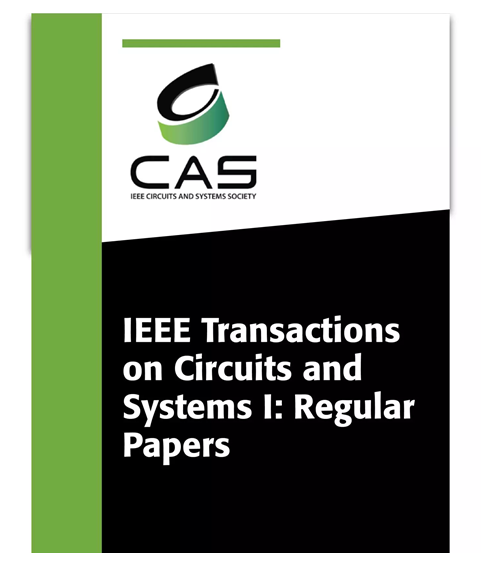MDS-DOA: Fusing Model-Based and Data-Driven Approaches for Modular, Distributed, and Scalable Direction-of-Arrival Estimation
IF 5.2
1区 工程技术
Q1 ENGINEERING, ELECTRICAL & ELECTRONIC
IEEE Transactions on Circuits and Systems I: Regular Papers
Pub Date : 2024-10-04
DOI:10.1109/TCSI.2024.3469928
引用次数: 0
Abstract
Massive MIMO systems are promising for wireless communications beyond 5G, but scalable Direction-of-Arrival (DOA) estimation in these systems is challenging due to the increasing number of required antennas. Existing solutions, model-based or data-driven (typically using neural networks), face scalability issues with the growing antenna array size. To address this issue, we propose a hybrid system that makes the overall approach scalable. In the front-end, we employ a modular distributed approach namely, the method of sparse linear inverse to compute a proxy spectrum from the sampled covariance matrix of the antenna subarrays. The proxy drives a fixed lightweight back-end which consists of a 1-dimensional Convolution Neural Network (1D-CNN) and a simplified peak extraction. The input proxy dimension being independent of the antenna count makes the neural network input invariant of the array size, enabling it to handle multiple array sizes without requiring any modification of the neural network structure. To reduce the computation of the covariance matrix and proxy spectrum, we employ a system of subarrays with Nearest-Neighbor communication. The proposed approach was implemented on a Xilinx ZCU102 FPGA targeting 100 MHz frequency for 8 to 256-element arrays. We achieve below 1 ms processing time for an array of 256 antennas while requiring significantly less computation than both model-based and data-driven approaches for large antenna arrays.求助全文
约1分钟内获得全文
求助全文
来源期刊
CiteScore
9.80
自引率
11.80%
发文量
441
审稿时长
2 months
期刊介绍:
TCAS I publishes regular papers in the field specified by the theory, analysis, design, and practical implementations of circuits, and the application of circuit techniques to systems and to signal processing. Included is the whole spectrum from basic scientific theory to industrial applications. The field of interest covered includes: - Circuits: Analog, Digital and Mixed Signal Circuits and Systems - Nonlinear Circuits and Systems, Integrated Sensors, MEMS and Systems on Chip, Nanoscale Circuits and Systems, Optoelectronic - Circuits and Systems, Power Electronics and Systems - Software for Analog-and-Logic Circuits and Systems - Control aspects of Circuits and Systems.

 求助内容:
求助内容: 应助结果提醒方式:
应助结果提醒方式:


